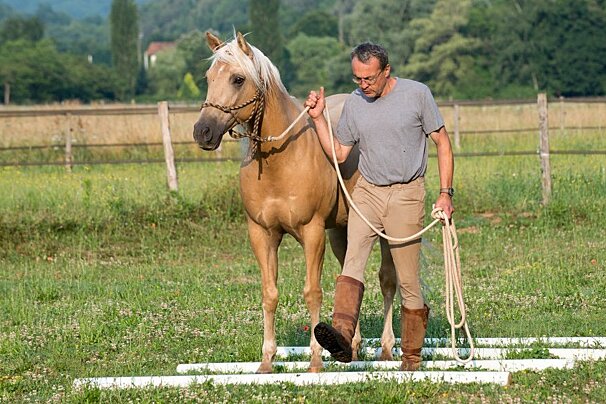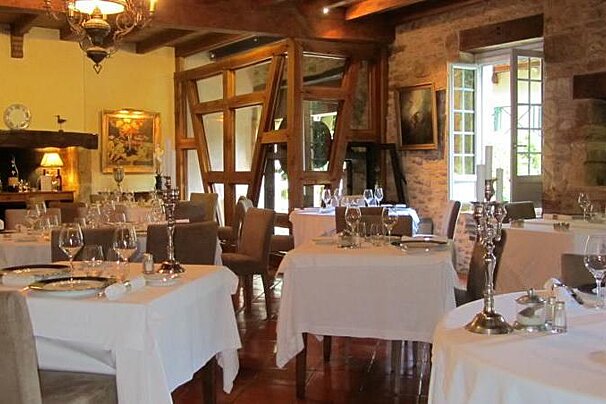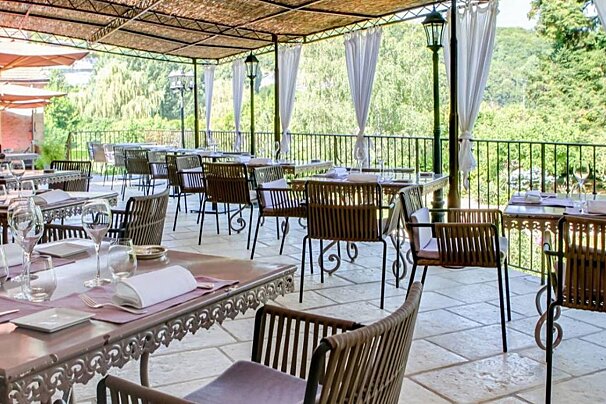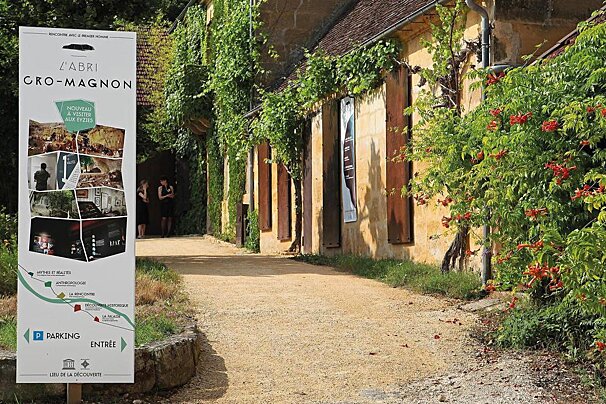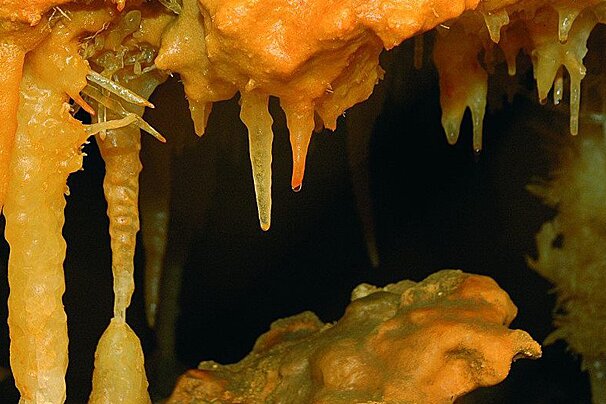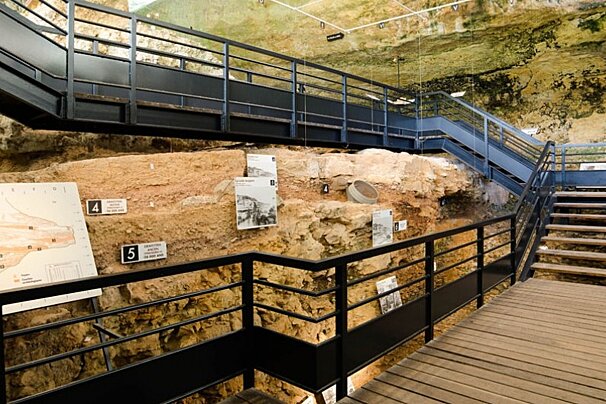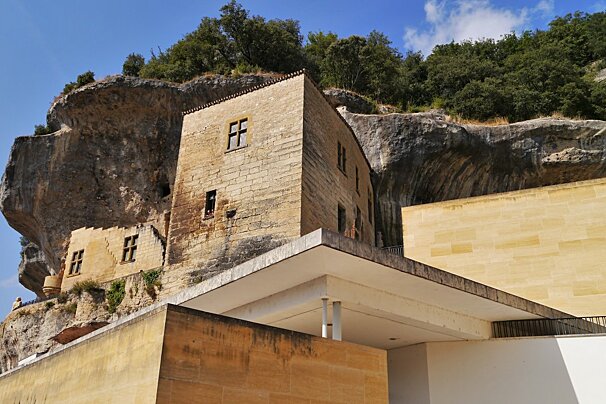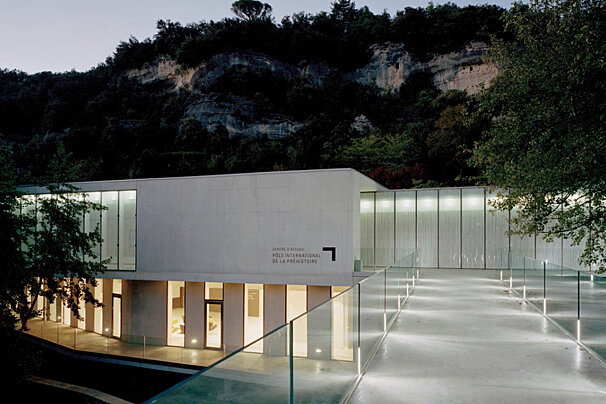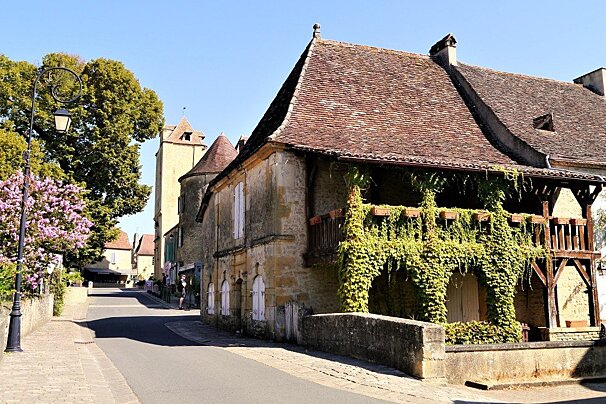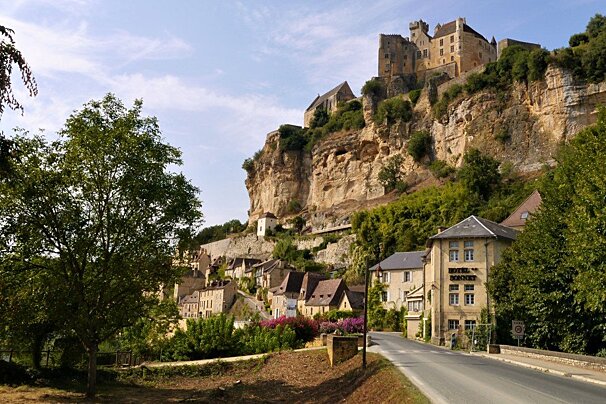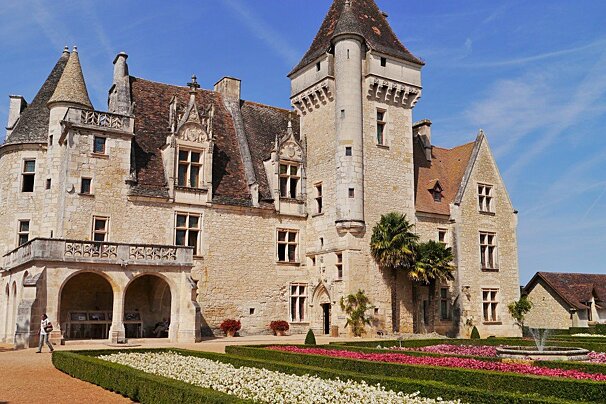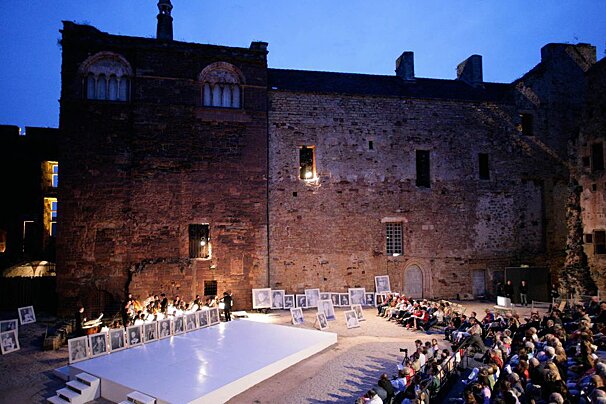Previously a farmhouse and monastery dating back to the 12th Century, with oak beams and rooms carved from local stone, Ferme de Tayac is perfectly in fitting as a base from which you can explore the Vezere Valley.
Formerly in the monks quarters and a place for weary travellers, there are 6 bedrooms on offer, each of which still shows its wonderful wooden beams and stone walls that are a metre thick in places. They are however slightly more equipped now with infinitely more comfortable beds and en suite bathrooms.
There is a large garden with shrubbery and flowers of all shapes and sizes as well as a spacious outdoor pool with plenty of surrounding grass, a hammock and seating for all.
A medieval dining room remains in all its glory with vast wooden table, steel work, wood work, antique furniture and fireplaces. Breakfast can be enjoyed there or outside looking over the garden.







